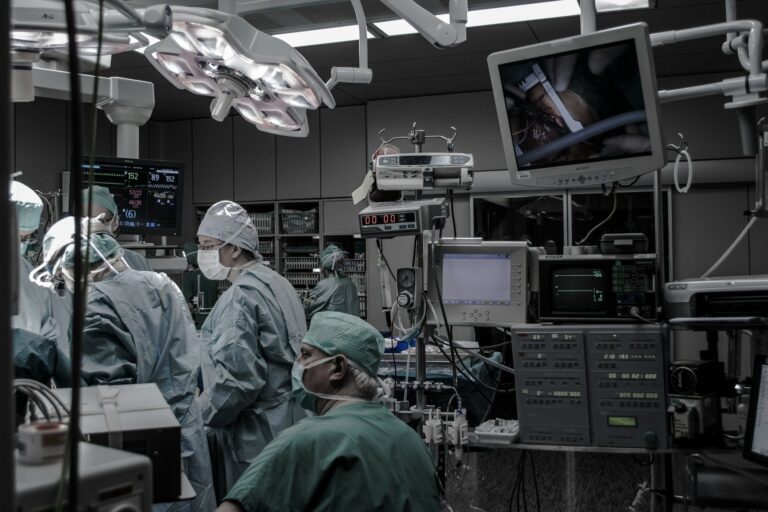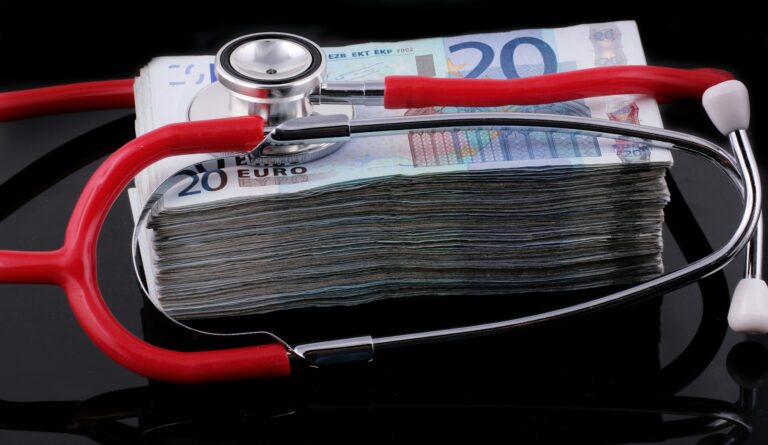
Are bulging, twisted veins making an unwelcome appearance on your legs? Varicose veins may not only be a cosmetic concern but also a sign of underlying health issues. Let’s delve into the world of varicose veins to understand their causes, symptoms, treatment options, and how you can manage them effectively. Whether you’re seeking information or looking for tips to prevent and cope with varicose veins, this blog post has got you covered!
What are Varicose Veins?
Varicose veins are enlarged, twisted veins that typically appear on the legs. They often develop when the valves in the veins fail to function properly, causing blood to pool and the vein walls to weaken. This can lead to the characteristic bulging and ropelike appearance of varicose veins.
These protruding veins may be blue, purple, or dark red in color and are sometimes accompanied by symptoms like aching, swelling, or a heavy sensation in the legs. Varicose veins can affect both men and women but are more common in females due to hormonal influences.
While varicose veins are usually harmless, they can cause discomfort and self-consciousness for some individuals. Understanding their causes and potential complications is essential for effective management and treatment of this condition.
Causes of Varicose Veins
Varicose veins can develop when the small valves inside your veins stop working properly. These valves are responsible for regulating blood flow and preventing it from flowing backward. When they become weakened or damaged, blood can pool in the veins, causing them to bulge and twist.
Several factors can contribute to the development of varicose veins. Genetics play a significant role, so if your family members have them, you may be more prone to developing them as well. Age is another factor – as we get older, our vein walls weaken and lose elasticity, making varicose veins more likely.
Other causes include prolonged standing or sitting, which puts pressure on the veins in your legs. Hormonal changes during pregnancy or menopause can also increase the risk of varicose veins due to fluctuations in estrogen levels affecting vein health. Additionally, being overweight or obese can put extra strain on your veins, leading to their enlargement.
A combination of genetic predisposition and lifestyle factors often contributes to the development of varicose veins. Understanding these causes can help you take steps towards prevention and treatment strategies for this common condition.
Symptoms and Diagnosis
Varicose veins may present with a range of symptoms that can vary from person to person. Common signs include twisted, bulging veins usually seen in the legs, which may appear blue or purple. Some individuals might experience discomfort, heaviness, or achiness in the affected area. Swelling and cramping are also reported by those with varicose veins.
Diagnosing varicose veins typically involves a physical examination by a healthcare provider. They will assess your legs while you’re standing to observe any visible signs of varicose veins. In some cases, further tests like ultrasounds might be recommended to get a clearer picture of vein health and blood flow.
If you notice any unusual changes in your leg veins or experience persistent symptoms like pain or swelling, it’s essential to seek medical advice promptly for an accurate diagnosis and appropriate management plan tailored to your needs.
Treatment Options
When it comes to dealing with varicose veins, there are several treatment options available depending on the severity of the condition. One common method is sclerotherapy, where a solution is injected into the affected veins to shrink them. Another option is endovenous laser therapy, which uses heat from a laser to seal off problematic veins.
For more severe cases, surgical procedures like vein stripping or ambulatory phlebectomy may be recommended by healthcare professionals. These methods involve physically removing or closing off the damaged veins through small incisions in the skin. In recent years, minimally invasive techniques such as radiofrequency ablation have gained popularity for their effectiveness and shorter recovery times.
It’s important to consult with a healthcare provider to determine the most suitable treatment plan for your specific situation. Each individual’s needs and preferences will play a role in deciding which approach is best suited for managing varicose veins effectively.
Prevention Tips
Varicose veins can be a nuisance, but there are steps you can take to prevent them from becoming a bigger issue. One key prevention tip is to stay active – regular exercise helps improve circulation and strengthens your leg muscles, which can help prevent varicose veins from forming.
Maintaining a healthy weight is also essential in preventing varicose veins, as excess weight puts added pressure on the veins in your legs. Another helpful tip is to avoid sitting or standing for long periods without moving – make sure to take breaks and stretch your legs throughout the day.
Wearing compression stockings can provide extra support to your veins and help improve blood flow. Additionally, elevating your legs when resting can reduce swelling and alleviate pressure on the veins. Incorporating foods rich in fiber and antioxidants into your diet can promote overall vein health.
By following these simple prevention tips, you can lower your risk of developing varicose veins and keep your legs looking and feeling their best.
Living with Varicose Veins: Coping Strategies
Living with varicose veins can be challenging, but there are coping strategies that can help manage symptoms and improve quality of life. One effective way is to stay physically active through activities like walking or swimming, which can help boost circulation and alleviate discomfort. It’s also important to maintain a healthy weight to reduce pressure on the veins.
Elevating your legs whenever possible throughout the day can provide relief by helping blood flow back towards the heart. Wearing compression stockings can also support vein function and reduce swelling and pain. Additionally, avoiding long periods of standing or sitting can prevent worsening of varicose veins.
Incorporating foods rich in fiber and antioxidants into your diet may promote better cardiovascular health and overall vein function. Practicing good skincare habits such as moisturizing regularly and protecting skin from sun damage can help prevent complications associated with varicose veins.
Conclusion
Varicose veins are a common condition that affects many individuals, causing discomfort and sometimes embarrassment. Understanding the causes, symptoms, and treatment options can help manage this condition effectively. By incorporating preventive measures into your daily routine and seeking appropriate medical advice when necessary, you can take control of your varicose veins.
Remember to stay active, maintain a healthy weight, elevate your legs when possible, wear compression stockings if needed, and seek professional guidance for severe cases. Living with varicose veins may pose challenges at times but with the right strategies in place, you can lead a fulfilling life without letting this condition hold you back.
Stay informed about varicose vein management and empower yourself to make choices that support your well-being. With the right approach and care, living with varicose veins can become more manageable. Embrace self-care practices and consult healthcare providers for personalized advice on how best to address your individual needs related to varicose veins. It’s time to prioritize your vascular health and live comfortably despite dealing with varicose veins.






